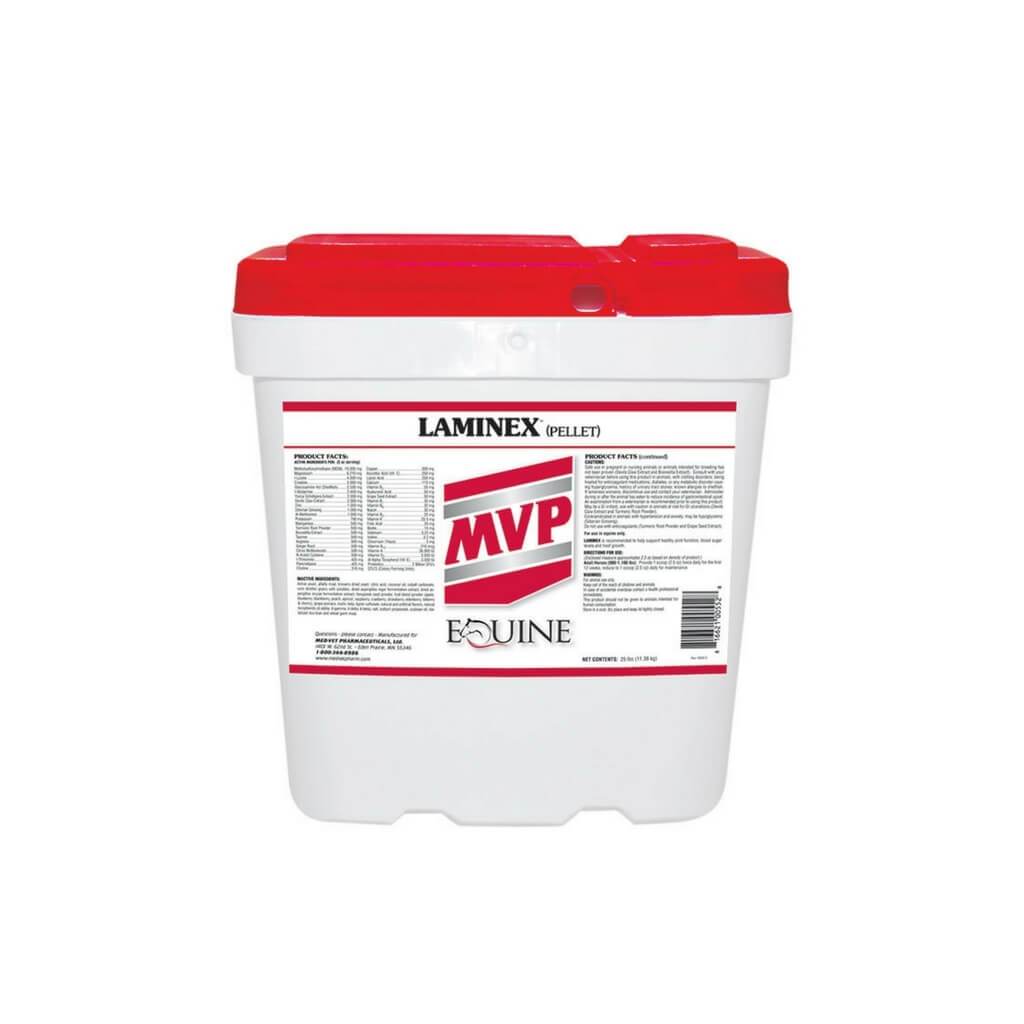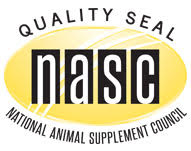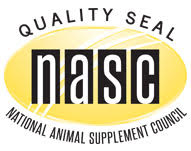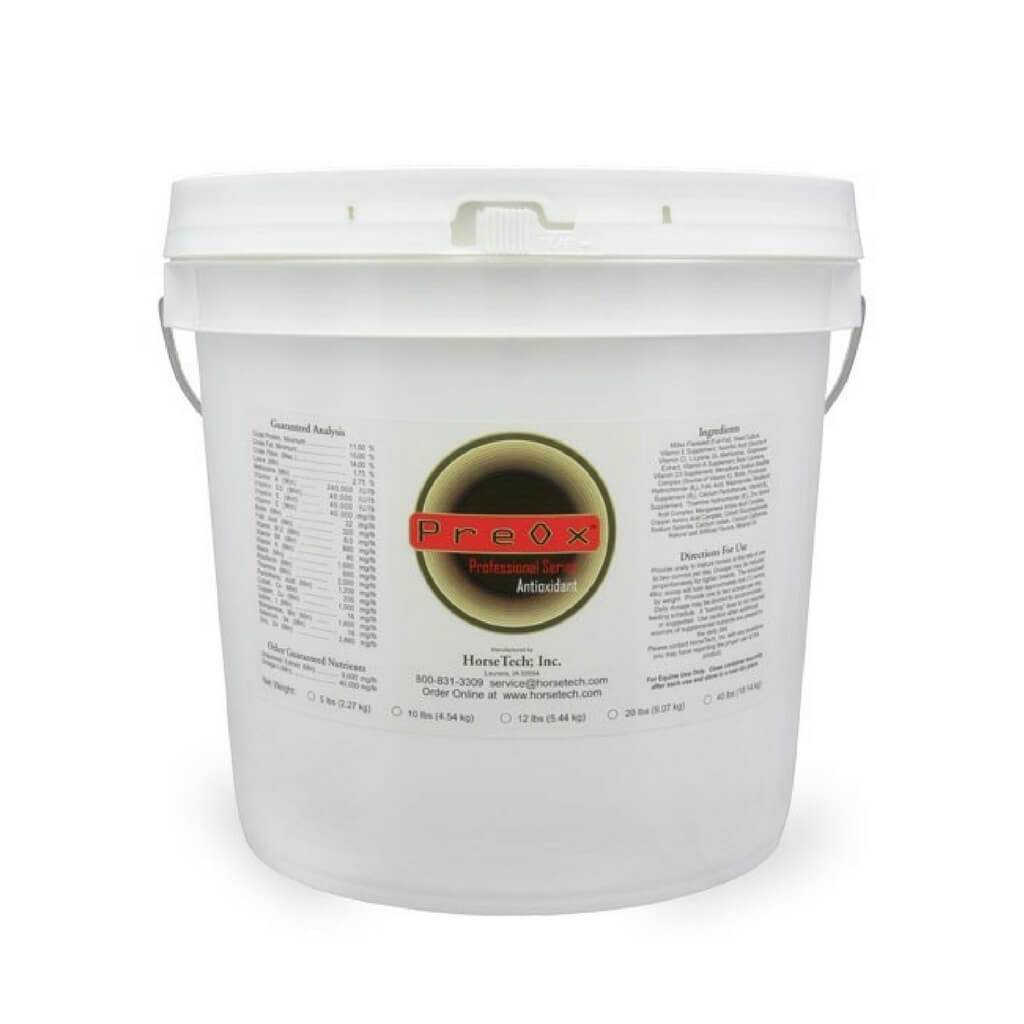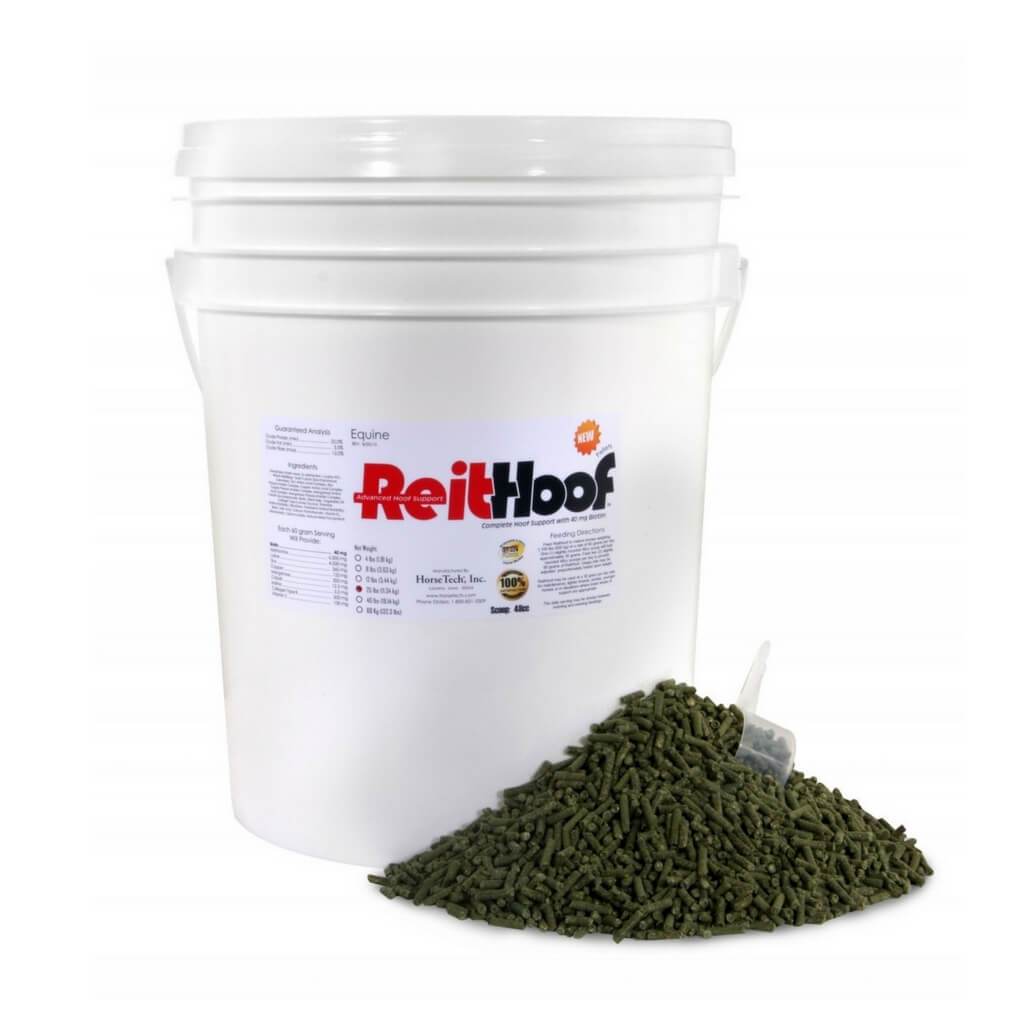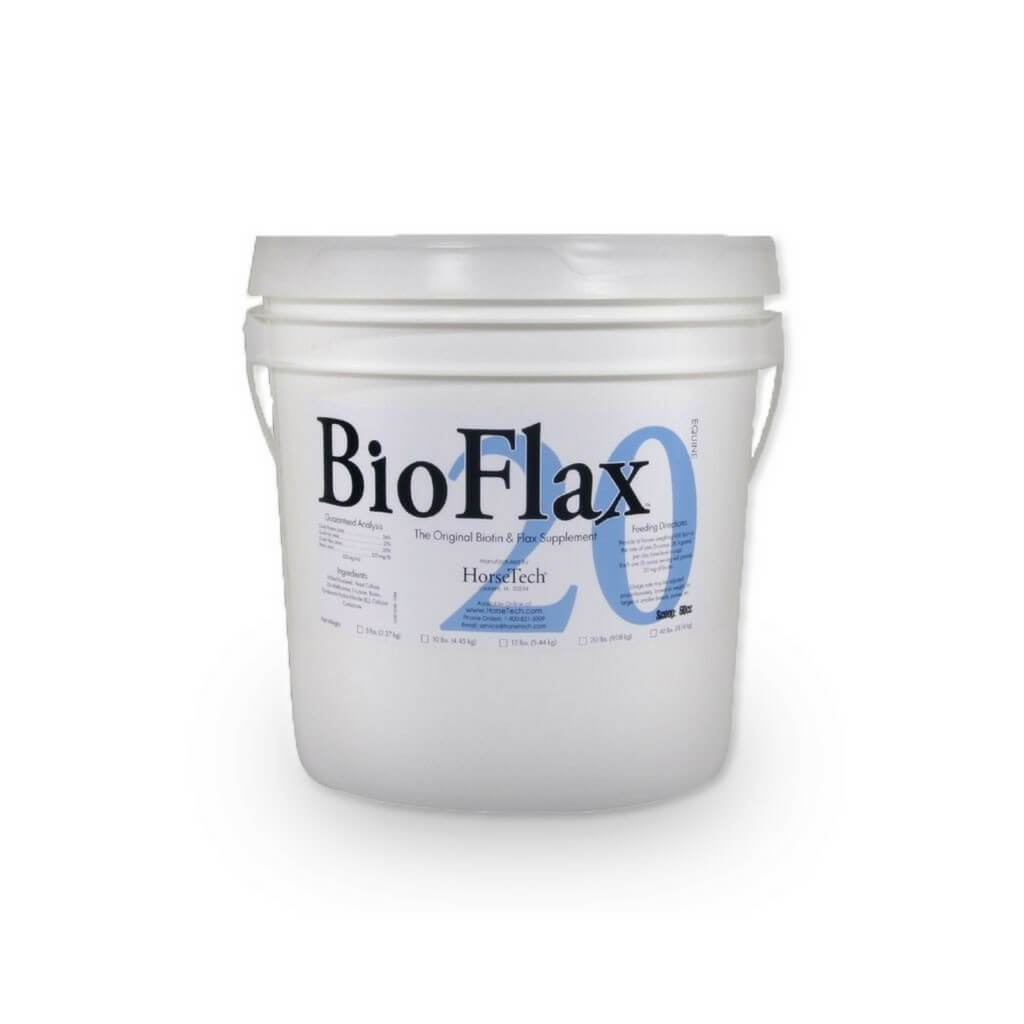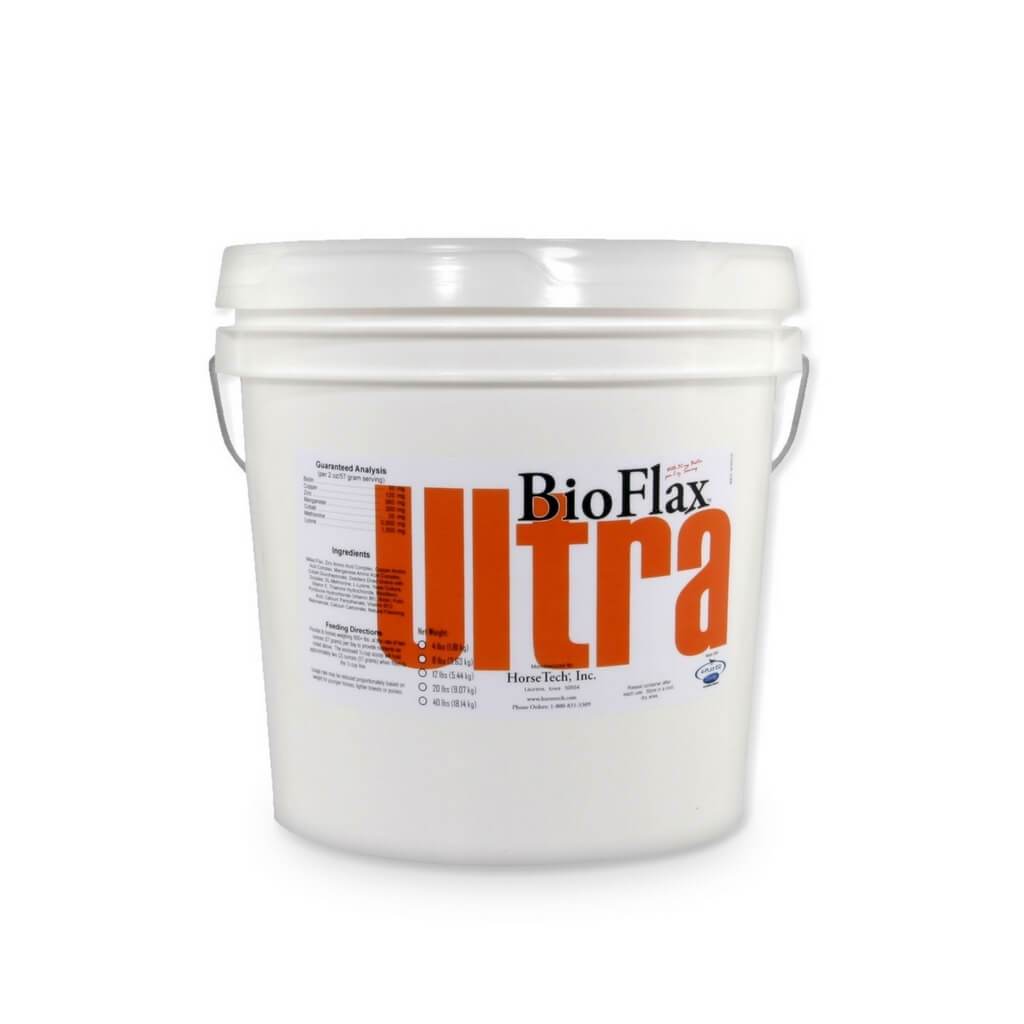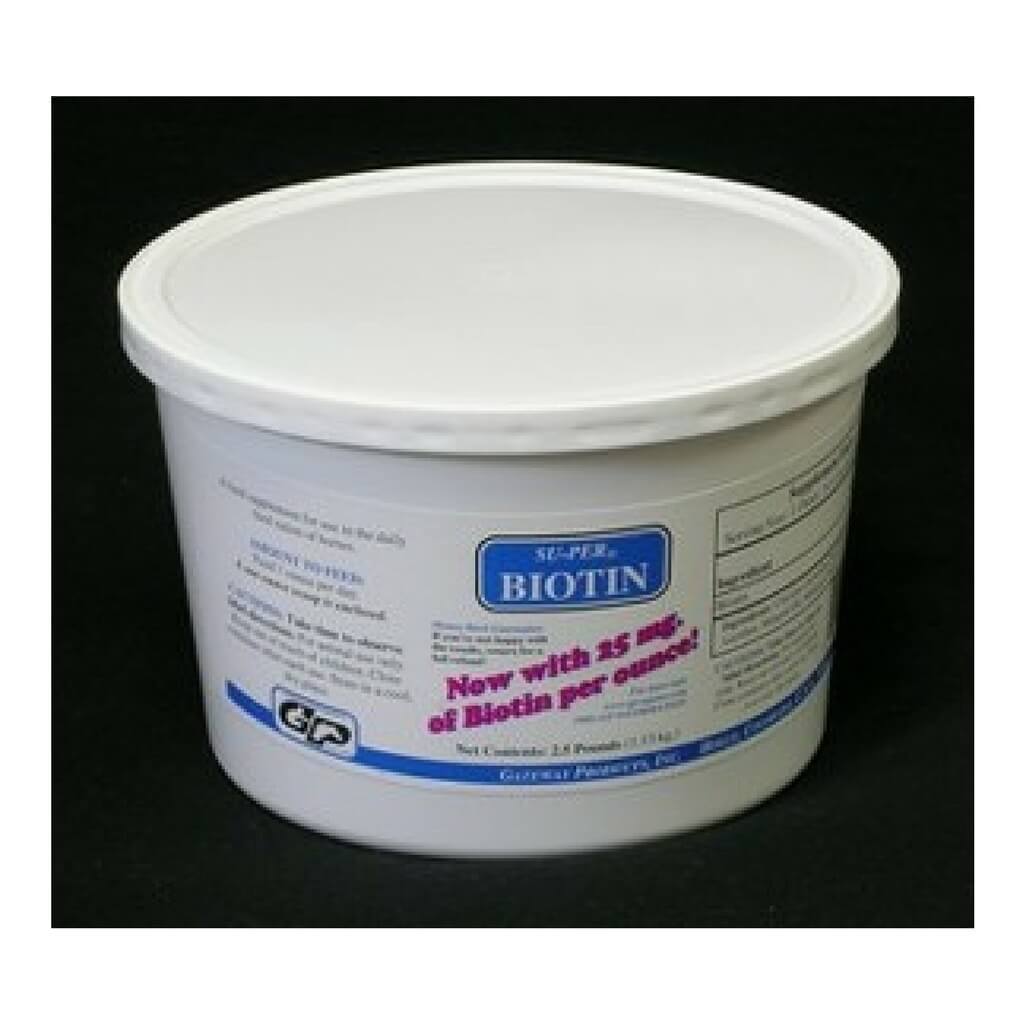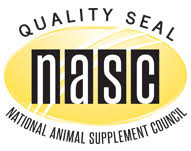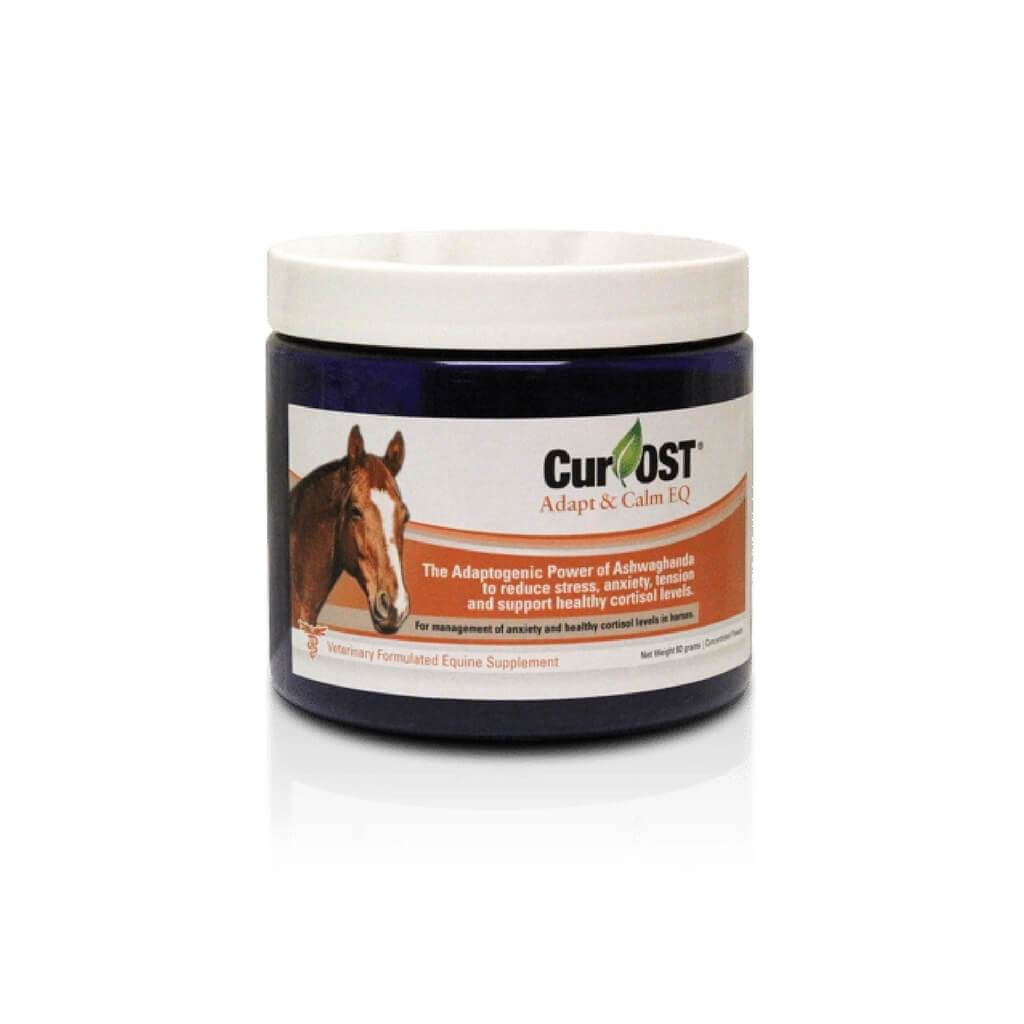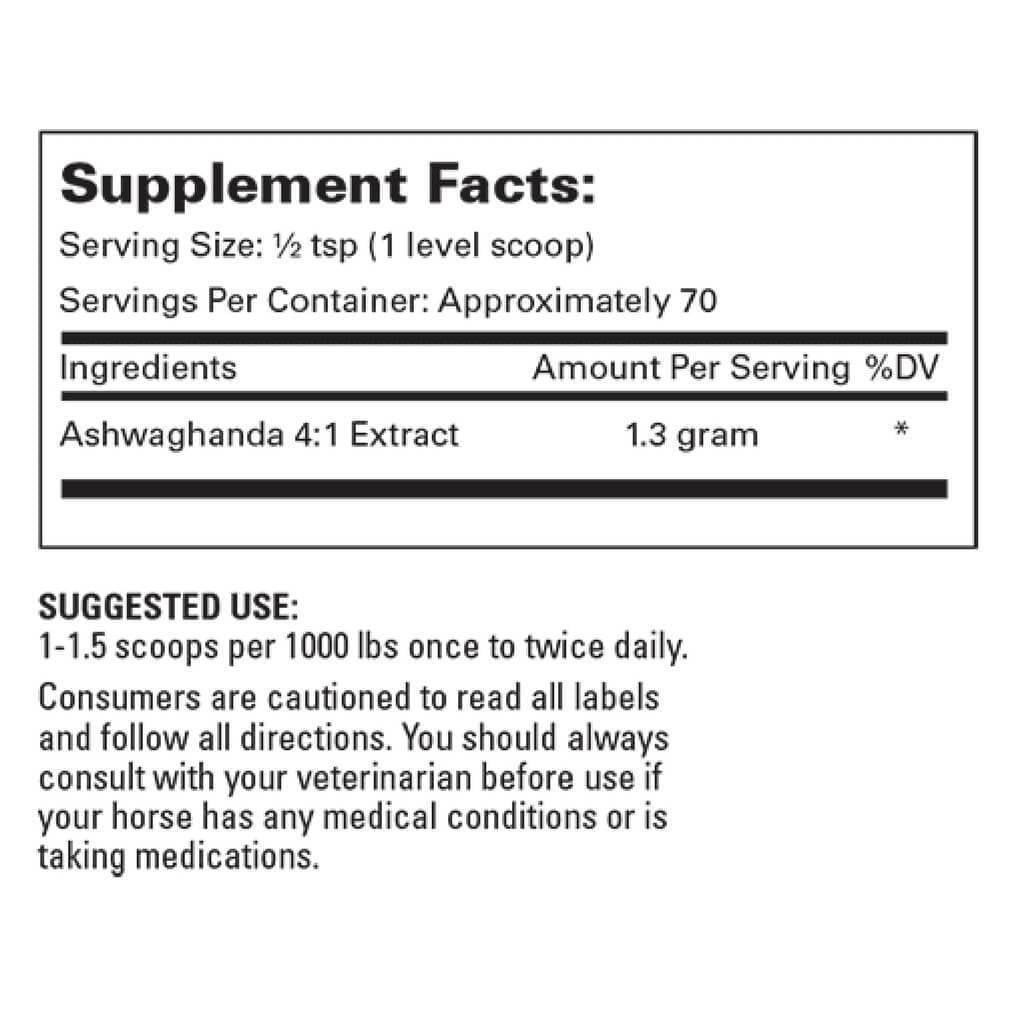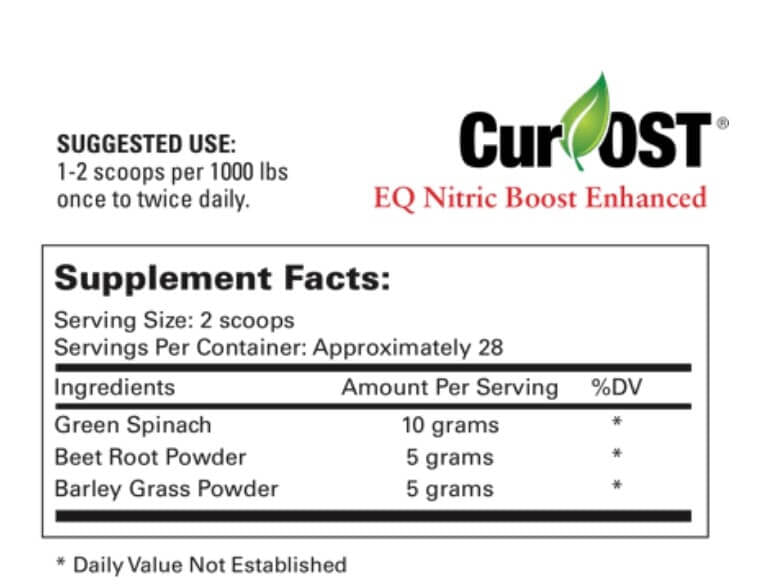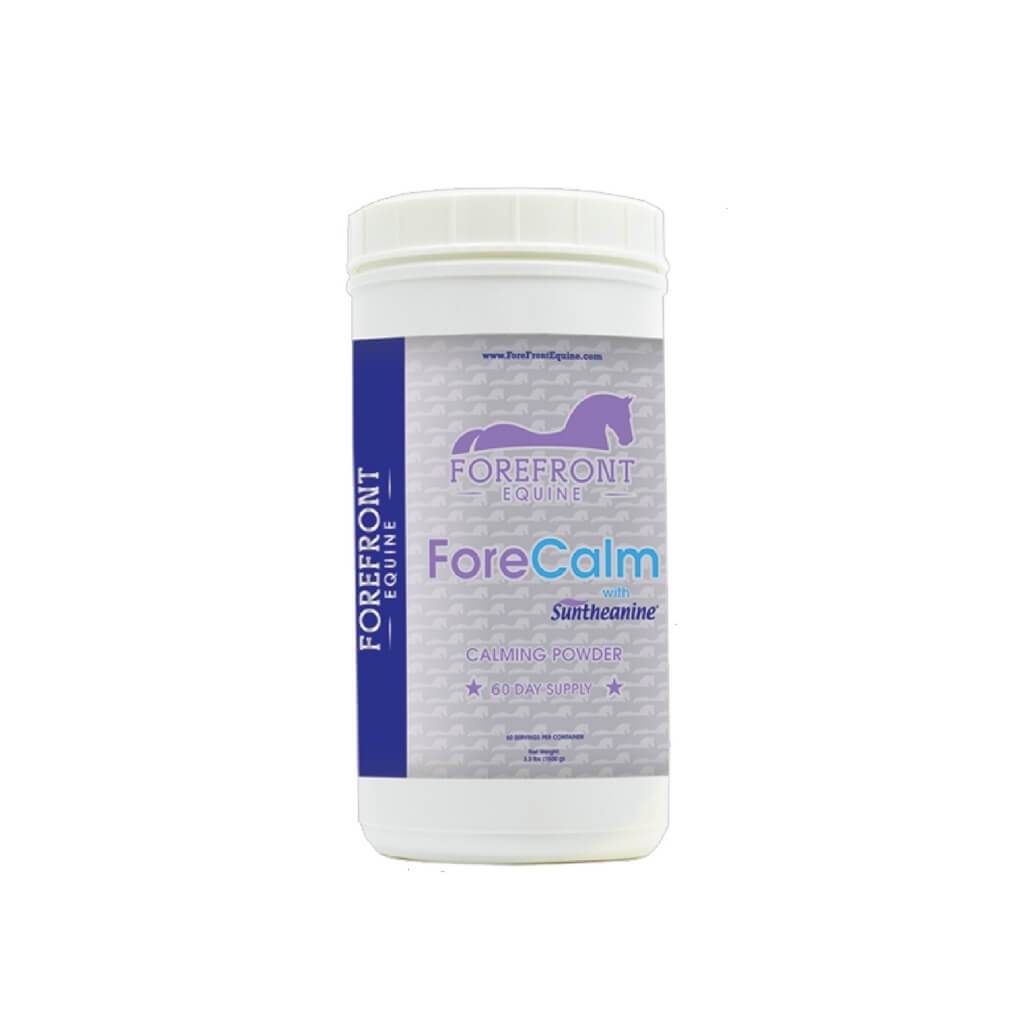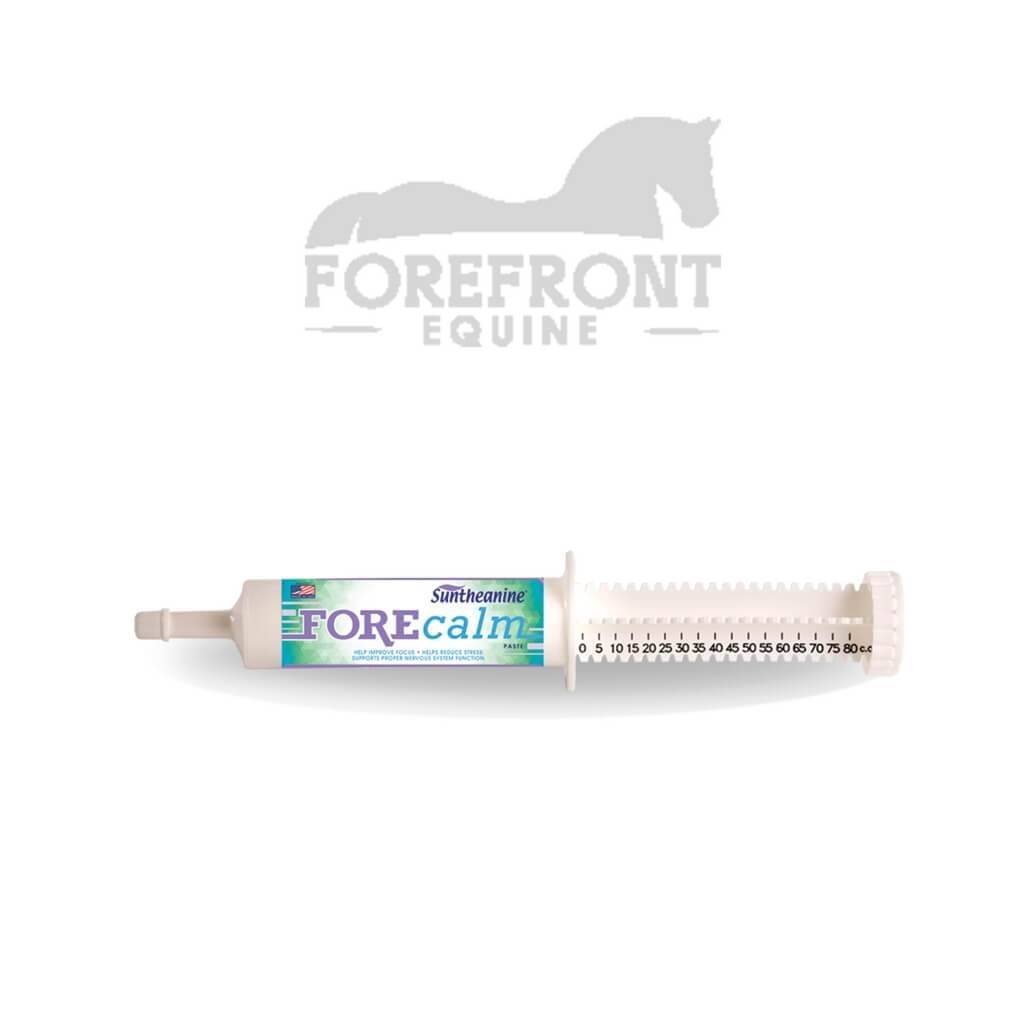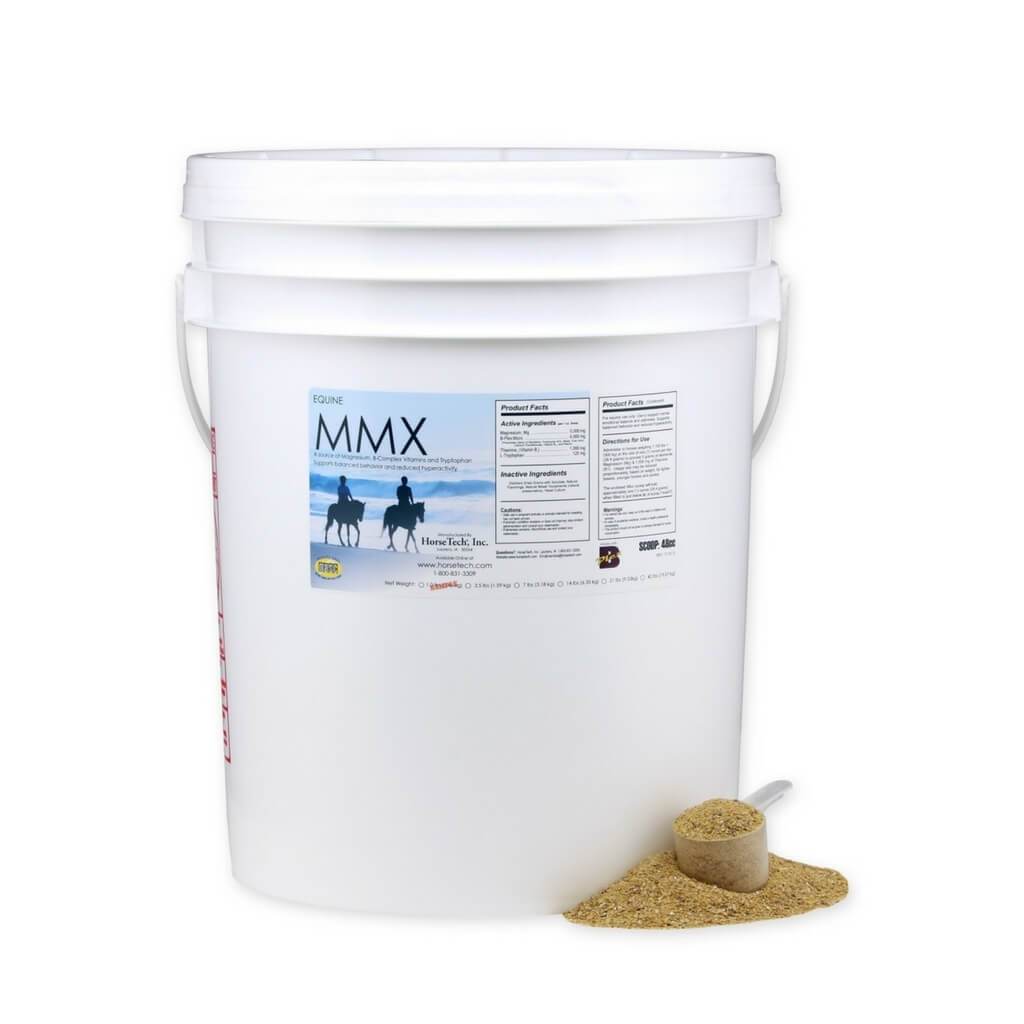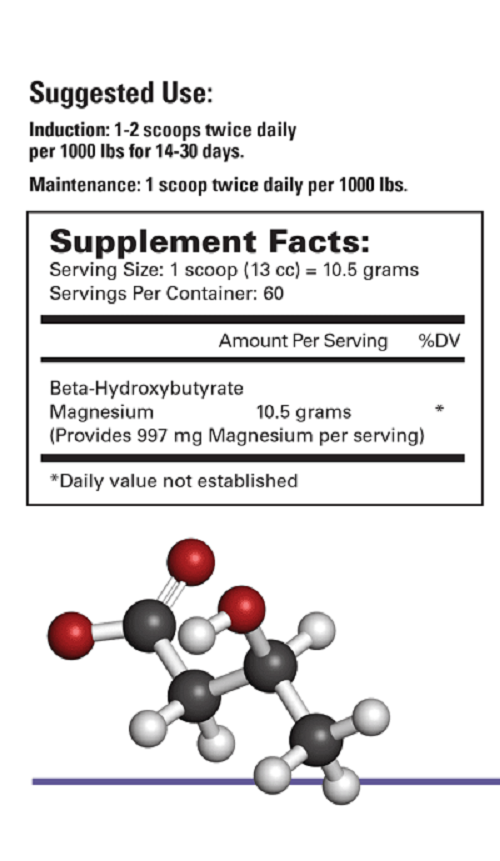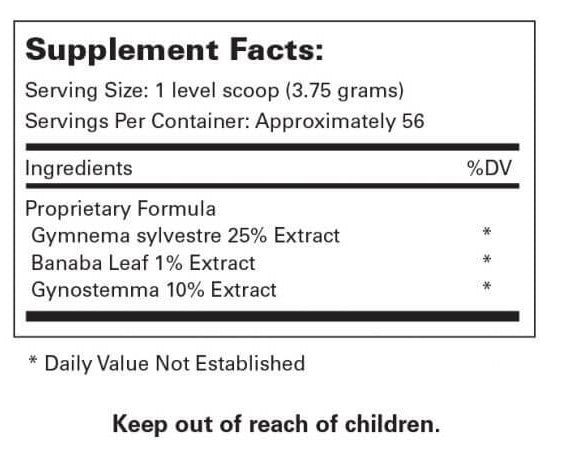Laminitis - Advice from Dr. Getty

Laminitis -- what every horse owner dreads.
It is terrifically painful and difficult to treat. The good news? It is preventable. We know that laminitis is a disease of domesticated horses. Horses in the wild that do get laminitis develop it more as a "concussion founder" from the stress and strain of walking over miles of rough terrain that can damage the hoof tissue, but in domesticated horses, we see laminitis due to other reasons.
Basically laminitis in domesticated horses relates to insulin, usually from feeding a genetically predisposed horse a diet too high in sugar and starch. But it is more than that: It has to do with the fact that the domesticated horses are subjected to things that they don’t have to experience in the wild. They are subjected to confinement, they’re subjected to stress—all kinds of stress, performance stress and travel stress--and then we put them on pastures that are generally one type of grass, oftentimes improved pastures. Or they stand for hours and hours on end, whether in a stall or in a small paddock, and this, too, can contribute to laminitis.
Regardless of the contributing factors, when we talk about laminitis, what we are talking about is inflammation of the laminae (the suffix I-T-I-S means inflammation). However, laminitis doesn’t start in the foot; laminitis starts elsewhere in the body; it’s a result of something going wrong someplace else.
Elevated insulin is probably the most critical and common cause of laminitis. The fact is that our horses typically eat too much sugar and starch, and they become too heavy and in many cases, they are also too sedentary. This may be difficult to accept, and yet it’s almost good news because if we know why it happens, we are able to fix it.
The second cause of laminitis, which is also very critical, is a systemic sepsis or poisoning due to the dying off of hind gut microbial population. Usually the bacterium involved for the most part is Streptococcus bovus, and this is generally caused by a grain overload where the starch bypasses the small intestine and ends up in the hind gut where the bacteria that live there will ferment it into lactic acid and that destroys the beneficial bacteria, leading to cecal acidosis.
Systemic sepsis can also happen from too much fructan in the hay or pasture. Fructan is a nonstructural carbohydrate. It is made of many fructose molecules that are linked together, but the horse does not have the digestive enzymes needed to digest it down to fructose for the most part and so most of that fructan then ends up in the hind gut where it, too, can be fermented. When these endotoxins reach the hoof, they themselves don’t really cause the problem; what happens instead is that they cause an overactivity in specific enzymes called matrix metalloproteinases (or MMP for short). These enzymes are important for normal tissue growth and repair, but when they become overactive, they can become destructive. That’s a major consequence of systemic sepsis.
Laminitis is complex and there are other factors that can lead to a laminitic episode: injury, infection, retained placenta, trauma, sustained physical demands on the feet, emotional stress from a non-injury accident, hospitalization. Even overloading certain nutrients and minerals, such as selenium and iron can also lead to laminitis.
Regardless of the cause, however, inflammation is always present in laminitis. The materials below will help you gain a better understand of this painful condition, how to prevent it, and how to manage it if your horse is prone toward developing it.
Articles and Resources by Dr. Juliet Getty
Please take advantage of the wealth of information available to you on this website in the Resource Libraries:
- Laminitis
- Free Choice Forage Feeding Concepts
- Overweight Horses
- Insulin Resistance
- Leptin Resistance
It is very likely that your horse is also overweight and insulin/leptin resitant. Please take a look on the advice page for Obesity, Insulin, and Leptin resistance for more information and product suggestions.
Your goals are:
- Reduce inflammation and pain.
- To ease this, start by removing inflammatory ingredients from the diet. Soy products, including soybean meal, soybean oil (often listed as "vegetable oil"), and soybean hulls are highly inflammatory because the oil is very high in omega 6 fatty acids, and they are genetically modified to withstand being sprayed with glyphosate (the active ingredient in RoundUp).
- Remove added sugars and starch from high sugar/high starch hay, as well as feeds with added molasses, and high starch ingredients (e.g., oats, barley, rice, wheat, grain byproducts).
- Avoid products with added iron. Iron increases insulin resistance.
- Improve circulation. This can be done through appropriate supplementation. There are pharmaceuticals that assist here to lower blood pressure and improve blood flow to the hoof.
- Ease anxiety. Stress and fear are best dealt with through proper management, such as providing a buddy, and not confining to a small space. Calming supplementation is worth considering.
- Offer antioxidants, hoof support, and insulin-reducing supplements. See below for recommendations.
Avoid the following:
- Soy -- soybean meal, soybean oil (often listed as "vegetable oil"), and soybean hulls. They are highly inflammatory.
- Added iron - iron will increase insulin resistance
- Added sugar, typically molasses
- High starch ingredients such as rice bran, oats, barley, corn, and wheat middlings
How to choose an appropriate supplement
For overweight horses, who are likely insulin and leptin resistant, please see the advice page on Obesity, Insulin & Leptin Resistance for supplement recommendations. These include magnesium/chromium preparations, sources of omega 3s and DHA, and other supporting nutraceuticals.
In addition, the following supplement recommendations would be helpful for horses already experiencing laminitis:
- Improve circulation, by boosting nitric acid levels are helpful. Consider:
- Provide antioxidants to reduce inflammation and neutralize volatile and damaging free radicals:
- Laminex. Your first go-to choice for intense circumstances. Laminex provides pain relieving herbs such as devil's claw, yucca, turmeric and boswellia, as well as antioxidants, including lipoic acid and grape seed extract. Hoof support is including offering high levels of biotin, minerals, and vitamin E. And it is also high in magnesium and chromium. Don't forget to add a source of omega 3s.
- SuPer Antioxidant. If your horse is on the mend, and you want to offer a potent antioxidant supplement to offer continued healing, this is an excellent choice. It provides super oxide dismutase, beta carotene, lipoic acid, and grapeseed extract - all powerful antioxidants. You may want to add a source of magnesium (See the advice page on Obesity, Insulin & Leptin Resistance) as well as a source of omega 3s.
- PreOx. A flaxseed base, offering omega 3s, as well as high amounts of vitamin D, A, and grapeseed extract. This is a wonderful preparation to help maintain your laminitic horse after he/she has recovered. You may also want to add a magnesium supplement (See the advice page on Obesity, Insulin & Leptin Resistance).
-
Offer hoof support. The supplement you choose will depend on what other supplements you are feeding. See these below:
- Reithoof. This is advanced support, offering amino acids, 40 mg of biotin, collagen, vitamin C, high levels of minerals, as well as all of the B vitamins in an alfalfa-meal base. Choose this supplement if you are not already offering these nutrients elsewhere. You'll still want to make sure you are supplying omega-3s.
- BioFlax Ultra. Still quite potent, but slightly less biotin and does not contain collagen. This is flax-based, so you will not need an additional omega 3 supplement unless you want to choose something more potent for inflammation (See the Omega 3 supplements). Since it is high in minerals, it is best to check the mineral content of any other supplements you are feeding.
- BioFlax20. Great choice when adding a hoof supplement to an already balanced diet. Contains essential amino acids, biotin, and vitamin B6 for hoof protein synthesis. Flax-based, so you've got your omega 3s!
- Biotin. Just biotin at 25 mg per ounce. If you are already offering a vitamin/mineral supplement that provides B vitamins, and a source of omega 3s, this may be all you need.
- For endotoxin-related laminitis, address cecal acidosis by adding hops. If your hay is very high in WSC, more than twice the level of ESC, it means that the fructan level is high. The following supplement provides hops:
- CurOst EQ Rejuvenate. A whole food supplement that supports a balanced diet and cellular health, while promoting hindgut microbial balance with a concentrated Hops extract and brewer’s yeast.
- Calming preparations. The pain of laminitis in intense and can be very stressful. Stress inhibits healing. An calming preparation can help ease coping and recovery. Choose from several options, each providing calming with a different mechanism:
- MMX. This offers magnesium, to calm the nervous system, as well as high levels of thiamin (vitamin B1). It is excellent for horses who may be mildly deficient in magnesium and B vitamins. However, you are likely already giving a magnesium supplement for metabolic-related laminitis. Or you can choose this one to provide needed magnesium. If your horse has endoxtoxin-related laminitis, this may be a good place to start. MMX is very helpful for any horse who exhibits "sensitive" behavior, or is irritable, and easily spooked.
- ForeCalm. In two versions, a paste and powder. ForeCalm paste is show safe and will not test. The powder includes the same main ingredients as the paste, however it is intended for horses that need a bit more help coping with nervousness or anxiety on a daily or ongoing basis. It provides raspberry leaf powder, chamomile, passion flower, and a highly effective ingredient - l-theanine, which has been shown to significant reduce anxiety.
- CurOst EQ Adapt & Calm. Consider Ashwaghanda! This herb is highly effective at reducing cortisol levels to reduce anxiety and stress.
- CBD (this link takes you to another website). For pain reduction, CBD is highly effective. But many people do not realize that CBD is also beneficial for anxiety and stress.



